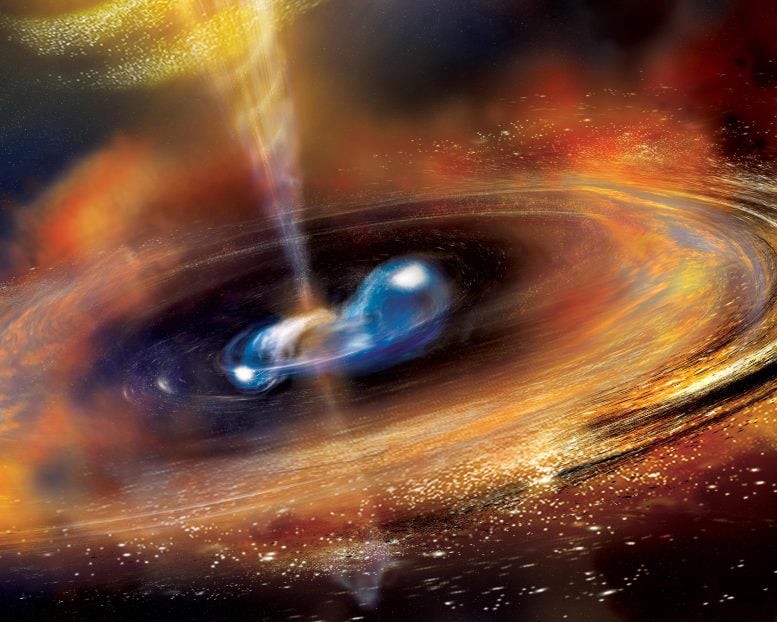
In this illustration, two neutron stars begin to merge, blasting a jet of high-speed particles and producing a cloud of debris. Credit: Sonoma State Univ./A. Simonnet; NASA
The merging of neutron stars, generating potent gamma-ray bursts (GRBs), is crucial for the creation of heavy elements in the universe. However, a 2021 discovery necessitates incorporating long burst GRBs, previously associated with black hole formation, into these heavy element production estimates.
Two neutron stars begin to merge in this illustration, a NASA image of the day, blasting a jet of high-speed particles and producing a cloud of debris. These gamma-ray bursts (GRBs) are the most powerful events in the universe. Scientists think these kinds of events are factories for a significant portion of the universe’s heavy elements, including gold. They based their estimates on the rate of short burst GRBs thought to occur across the cosmos, but a December 11, 2021, discovery showed they’ll need to factor long bursts into their calculations as well.
For the last few decades, astronomers have generally divided GRBs into two categories. Long bursts emit gamma rays for two seconds or more and originate from the formation of dense objects like black holes in the centers of massive collapsing stars. Short bursts emit gamma rays for less than two seconds and are caused by mergers of dense objects like neutron stars.
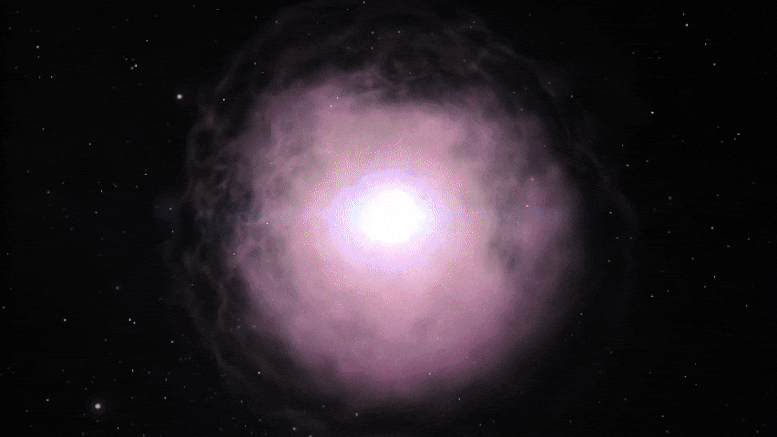
A neutron star begins its life as a star between about 7 and 20 times the mass of the sun. When this type of star runs out of fuel, it collapses under its own weight, crushing its core and triggering a supernova explosion. What remains is an ultra-dense sphere only about the size of a city across, but with up to twice the mass of the sun squeezed inside. Credit: NASA’s Goddard Space Flight Center Conceptual Image Lab
A neutron star is a type of astronomical object that results from the gravitational collapse of a massive star after a supernova explosion. This collapse crushes the atomic structure of the star, forcing protons and electrons to combine into neutrons. Hence the name “neutron star.”
Neutron stars are incredibly dense, with a mass of about 1.4 to 3 times that of the sun but compressed into a sphere with a diameter of only about 20 kilometers (roughly the size of a small city). This means that a sugar-cube-sized amount of neutron star material would weigh about as much as a mountain.
Despite their small size, neutron stars have extremely strong gravitational and magnetic fields. They also rotate very rapidly, with some spinning hundreds of times per second. Some neutron stars emit beams of electromagnetic radiation from their poles, and when these beams sweep past Earth, we detect them as pulses, leading to the name “pulsar” for these types of neutron stars.

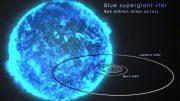
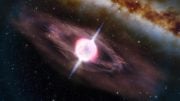
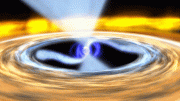
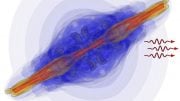
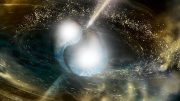
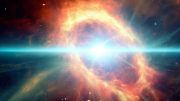
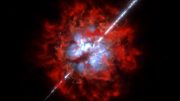

greetings, outstanding blog on fatlike loss. akin helped.